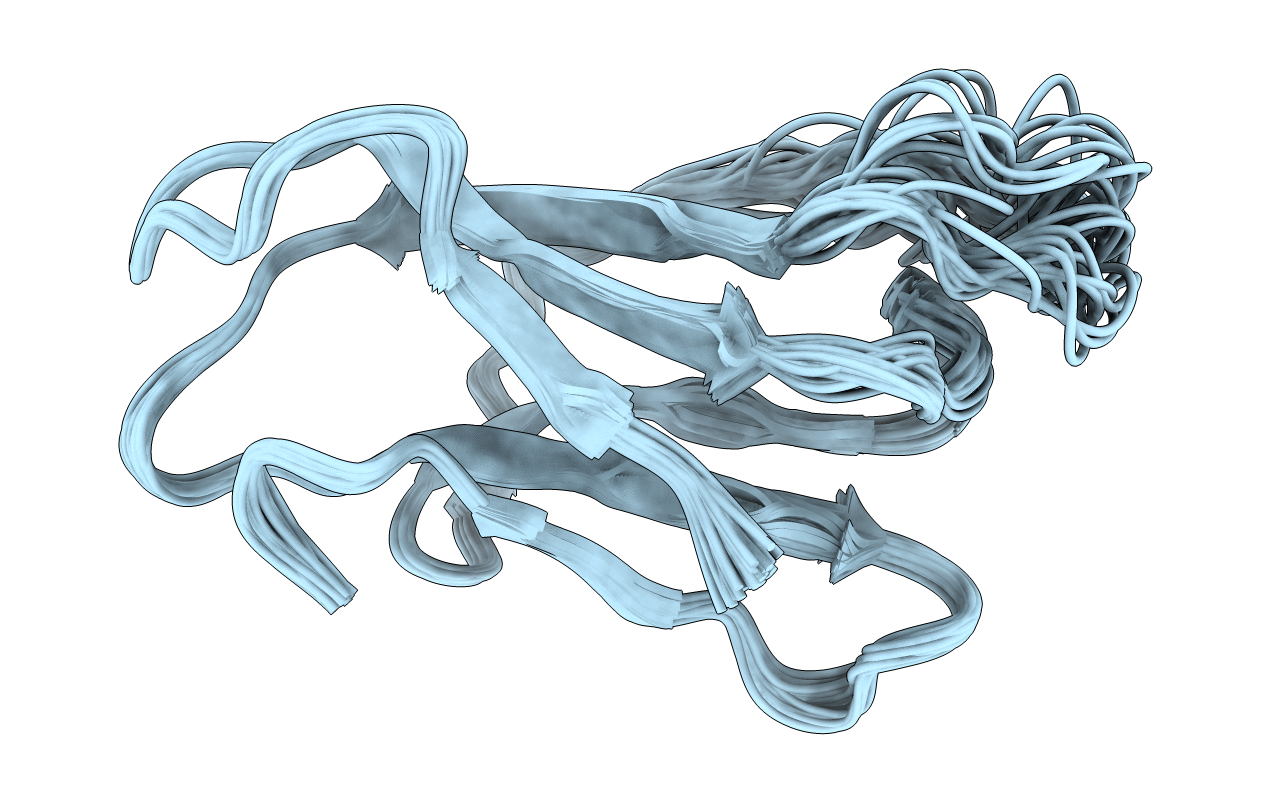
Deposition Date
2010-07-12
Release Date
2011-02-09
Last Version Date
2024-10-16
Entry Detail
PDB ID:
2XKU
Keywords:
Title:
Prion-like conversion during amyloid formation at atomic resolution
Biological Source:
Source Organism:
HOMO SAPIENS (Taxon ID: 9606)
Host Organism:
Method Details:
Experimental Method:
Conformers Calculated:
30
Conformers Submitted:
30
Selection Criteria:
LOWEST ENERGY


